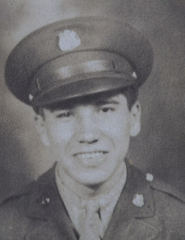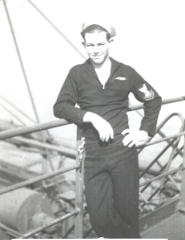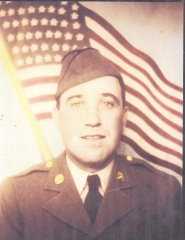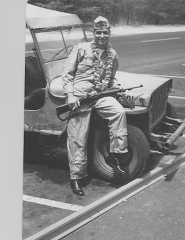Vito Pedone was a first generation Italian-American, from Mount Vernon NY, his parents emigrated as teenager from Puglia, Italy. Vito's da Crop. Antonio Pedone, fought in WW I with the American Expeditionary Force 28th Infantry Division, in front-line combat in France. 23 years later, Vito, along with his brother and sister, the next generation, would answer the call to service in WW II as US Army Officers. Vito and his younger brother Stephen were studying Aeronautical Engineering AT NC State College, when the US entered the war. Both volunteered for US Army Aviation Cadet training to become pilots. Their younger sister Anne Pedon, graduated from nursing school and became 2nd Lt. as a US Army Nurse. Stephen was killed in September 1944 in a B-24 crash at age 22. Upon receiving his officer commission and pilot wings, Vito completed advanced flight training in the twin engine A-20 light bomber/ground attack aircraft. 1942 he was assigned to the 15th Bombardment Squadron 17th Bomb Group, 8th Air Force in England and would fly 25 A-20 combat missions across the English Channel into Nazi held Countries. Vito requested transfer to the newly formed 9th air Force Troop Carrier Command to fly c-47 Troop Carrier aircraft and prepared for D-Day. He became part of pathfinder C-47 Troop Carrier unit based in North Witham Air Field, Near Grantham, England. The military learned specially trained Pathfinder troop transport aircraft crews and paratroopers were essential to lead the way to finding and marking the correct drop zones to ensure successful deployment of all the paratroopers. Vito conducted the unit's Pathfinder School to train and prepare the C-47 crews for missions. Vito and Lt Col Joel Crouch were the pilots of the lead Pathfinder C-47 aircraft, Tail #293098, to take-off first and to lead the US Airborne Invasion Force into Normandy, called "Operation Neptune". The mission of the Pathfinder C-47 Pilots and aircrews was to fly the Pathfinder Paratroopers from England over the English Chanel to Normandy, and accurately drop them into several selected drop zones interior to the Normandy Invasion beaches. Vito's crew took-off from North Witham Air Field, England, very late in the evening on 5 June 1944. Onboard each of the (20) Pathfinder C-47 aircraft was a team of Paratroopers (Called the Stick) from the 101st or 82nd Airborne. Vito's lead plane, Pathfinder Stick #1, Drop Zone A was led by Capt. Frank Lillyman, 101st Airborne Division 502nd parachute Infantry Regiment. Once on the ground, the paratroopers marked the (7) drop zones for the follow-on main body of paratroopers. Vito's C-47 would lead the tight formation of Pathfinder aircraft across the English Channel in total darkness, with only small Navigation lights on each plane to aid the pilot in keeping a tight formation. They flew 50 feet over the Channel to avoid German Radar. The unarmed C-47's had fighter cover protection. it was a clear moon-lit night crossing but as the they approached the Normandy coast over the Cotentin, Peninsula, a thick blank of cloud obscured the sky and view of the ground, which made formation flying very dangerous. They proceeded inland hoping to see the ground and the drop zones. The Germans' hearing the sound of the C-47 engines began to fire. As Vito's aircraft approached the Drop Zone between Mere-Englise and Saint-Martin-de -Varreville, Vito saw a break in the clouds and they turned on the green light to signal to jump. It was 0015 hours, 6 June 1944. "Geronimo" was heard as the 101st "hit the silk". The first D-Day American forces were on the ground. Upon landing back in England, Crouch and Vito were ordered to personally report directly to General Eisenhower the details of the mission. Then they went back to their plane and got in line to transport more paratroopers to Normandy.
Vito met Geraldine "Jerry" Curtis, a flight nurse while in England. and they married in September 1943. She was a flight nurse, picking up wounded on D-Day. (see Geraldine Curtis Pedone for more information)
Vito continued on to have a 30 year military career and participated in many important moments in our nations' history, including the Pacific Atom Bomb Tests, establishment of NATO, the Cuba Missel Crisis airborne invasion, early 1960's Vietnam Conflict and the development of GPS.
Vito and Jerry operated two companies after their military service, in Alexandria, Virginia. Both are buried in Arlington National Cemetery.
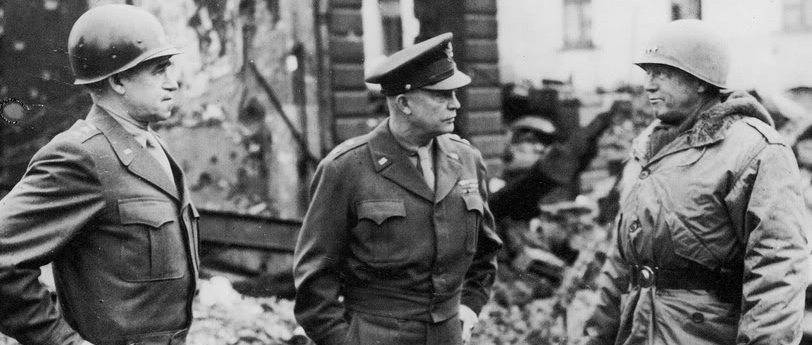
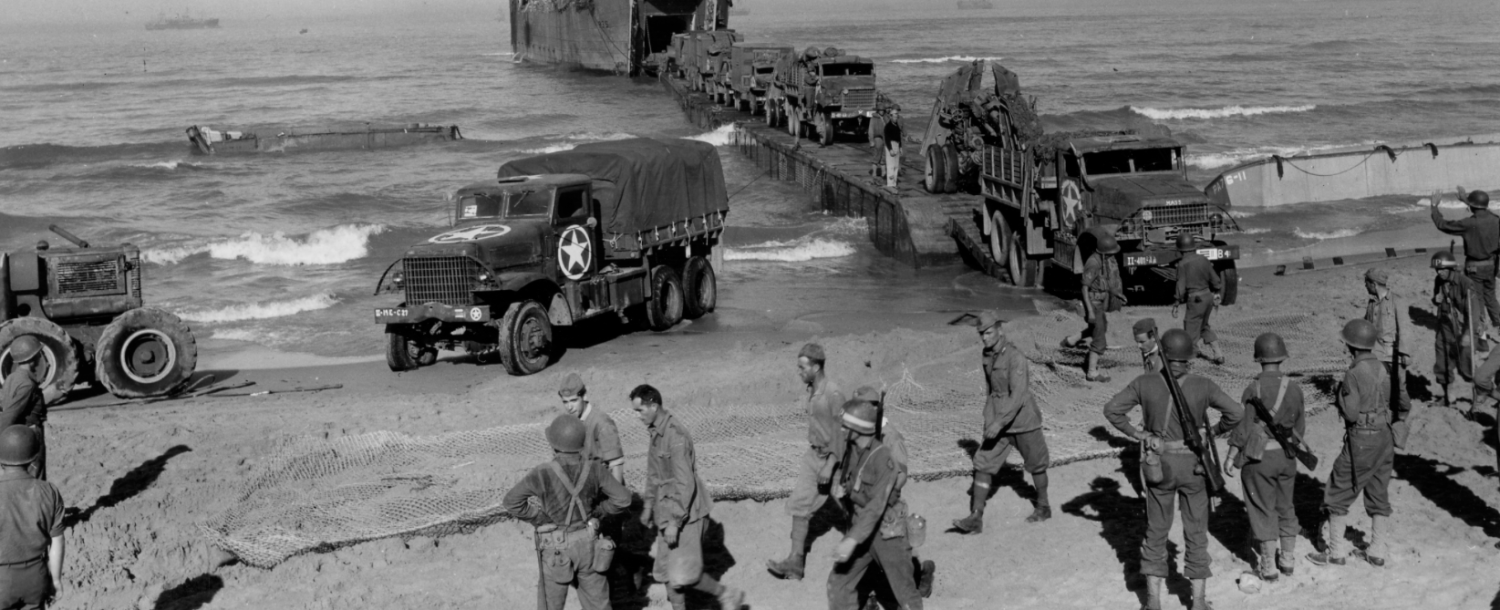
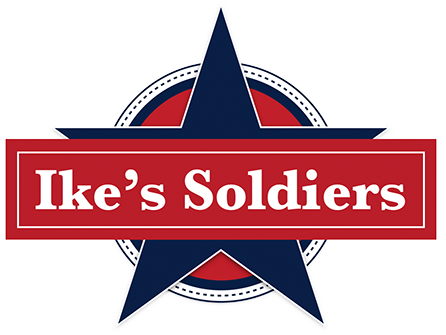


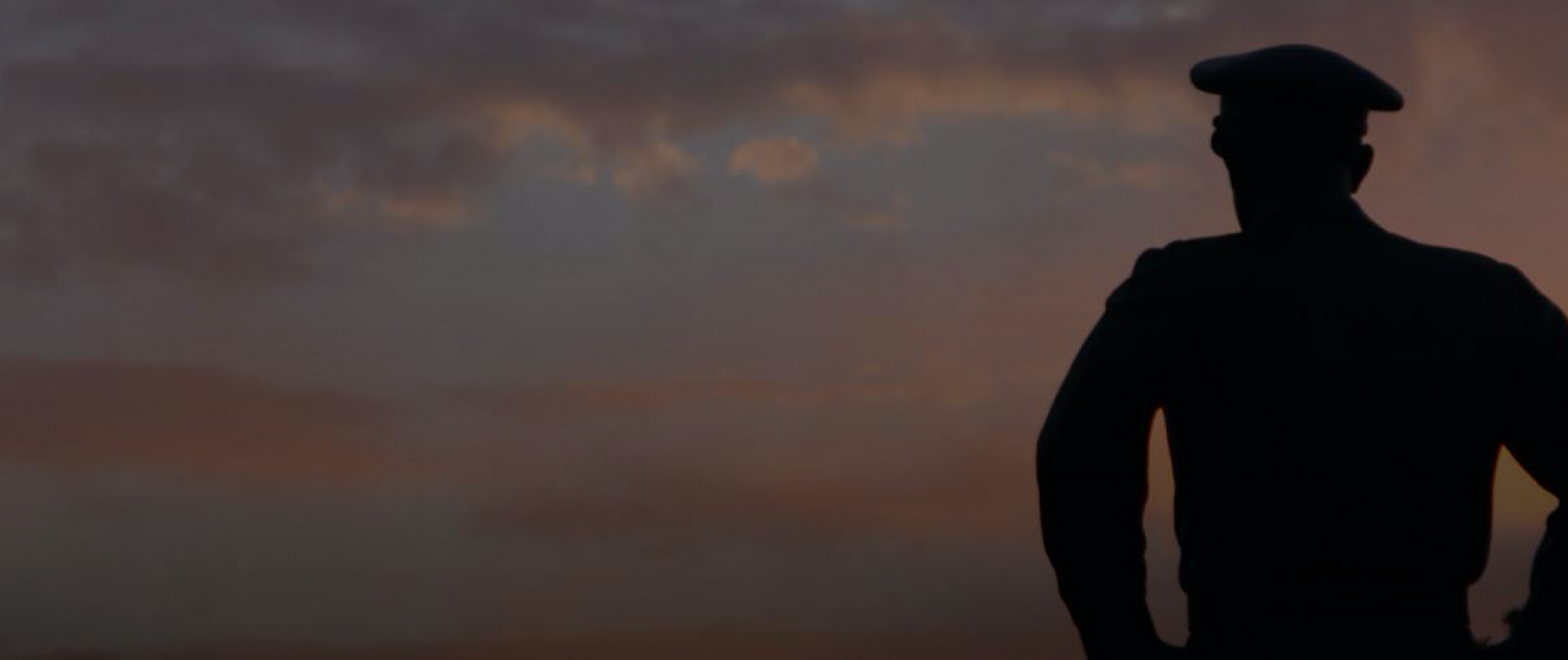

 Eisenhower Foundation
Eisenhower Foundation





